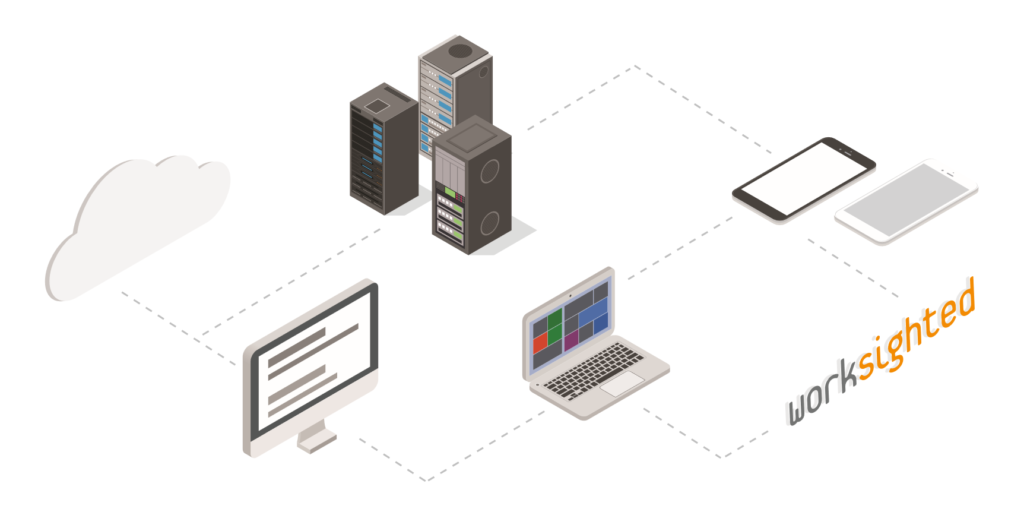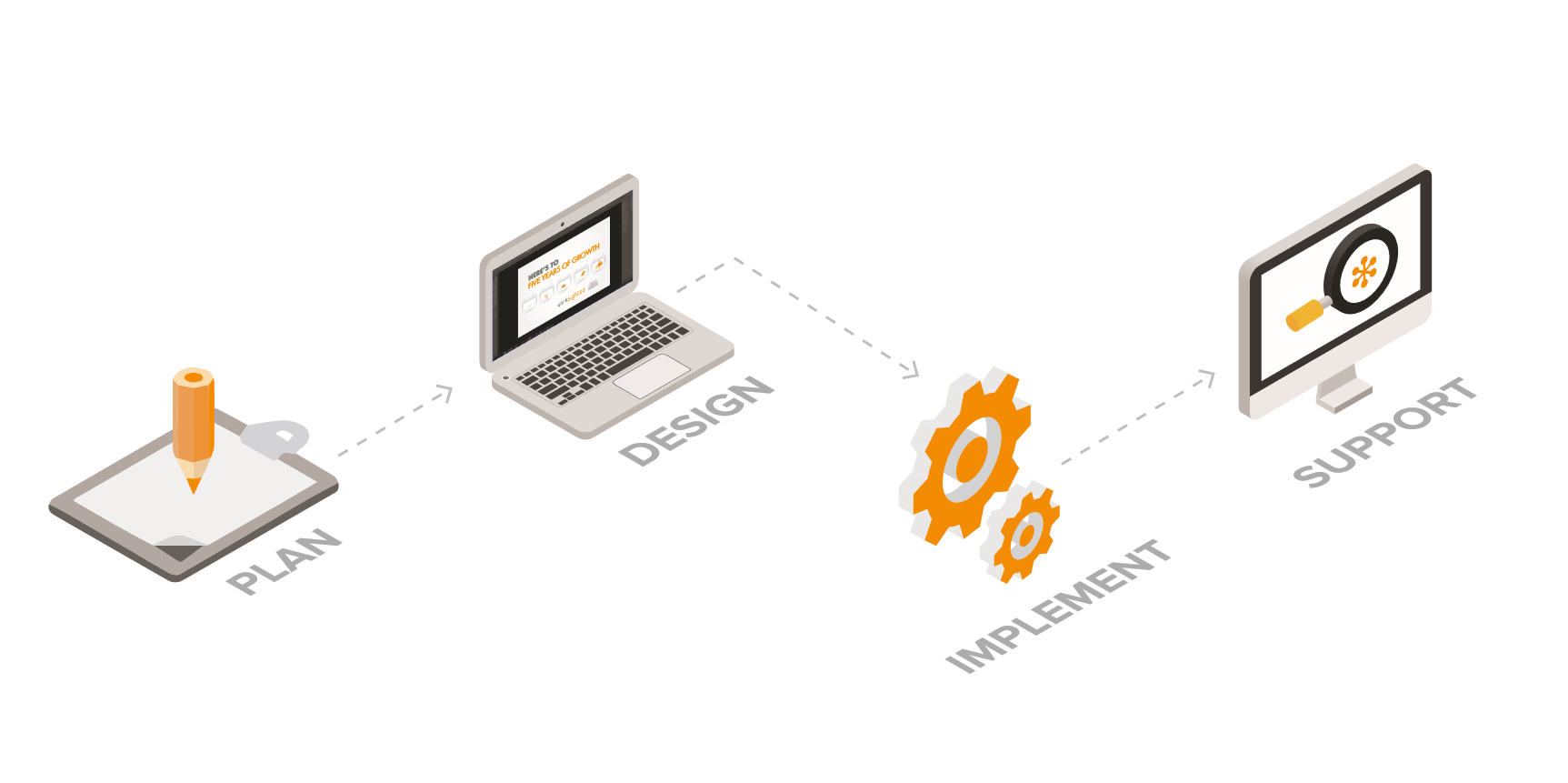5 Healthcare Technologies to Keep Your Eye On
Hospitals and healthcare offices are collecting volumes and volumes of data. Investing in tools to analyze them is the key to unlocking value and cost savings, says a report from Deloitte. Which of these tools have the biggest potential for growth in the next year?
The volumes of data hospitals and healthcare are collecting only have value if they are used to make better decisions. As a new survey from the Deloitte Center for Health Solutions puts it, “As health systems continue to face shrinking margins, tightening budgets, and evolving payment models, analytics are being touted as the missing key to unlock new sources of value.” “Organizations will need to blend financial, operational, clinical, and other data to achieve their goals of improving quality, providing access, controlling cost, and managing provider networks,” concludes the Deloitte Center for Health Solutions 2015 US Hospital and Health System Analytics Survey.
Meanwhile, the latest report from HIMSS Analytics, a company that tracks technology use at US hospitals, suggests we can expect growth in the use of certain technologies based on their potential to help hospitals achieve efficiencies and the number of hospitals yet to investment in them. These are all technologies in which less than 70 percent of hospitals have yet made their first investment.
The five biggest areas in which hospitals are expected to invest over the next 12 months according to the HIMSS Analytics report are:
1. Healthcare Enterprise Resource Planning (ERP)
You cannot cut costs if you do not know what is going on in the business, but 65 percent of hospitals have yet to invest in ERP to seek out inefficiencies and duplicated efforts.
2. Financial Modeling
More than half of hospitals have not invested in financial modeling although being able to model possible outcomes would improve the hospital’s position in the negotiation of risk sharing agreements with insurance companies.
3. Bed Management
Just under half of hospitals have yet to invest in bed management, although beds are one of the most expensive aspects of hospital operation. The opportunities are huge for cost cutting when you have better information about exactly where those assets are and how and for what they are being used.
4. Business Intelligence
Clinical business intelligence is used by 60 percent of hospitals to make decisions based on data they are holding. That leaves two-fifths of hospitals still to invest.
5. Data Warehouse
Again, 40 percent of hospitals are still to make the leap to investing in a data warehouse. Having the processing power of a data warehouse goes hand in hand with being able to make the clever, efficient decisions that clinical business intelligence makes possible.
Are you interested in learning how technology can help your healthcare practice grow? Let’s chat.





